Administrator
Federal Housing Administration (FHA)
Program name
Green Mortgage Insurance Program
Program summary
FHA provides mortgage insurance on financing for the development or preservation of multifamily housing. If a housing provider owns or operates an FHA-insured multifamily rental property, the owner typically pays an upfront and annual mortgage insurance premium, at a rate of 45 to 75 basis points or 0.45% to 0.70%, of the unpaid balance of the mortgage loan amount, along with the property’s mortgage. The Green Mortgage Insurance Premium (Green MIP) significantly lowers these premiums to 25 basis points for properties that meet one or more green building standards and achieve a minimum ENERGY STAR score of 75, as reported through ENERGY STAR Portfolio Manager. FHA also underwrites 75% of the projected energy savings.
Applicable building size
5 or more residential units.
Opportunity
This reduced multifamily insurance premium incentivizes owners to adopt higher sustainability standards for construction, rehabilitation, repairs, maintenance, and property operations. The lower rate incentivizes owners to implement measures that result in housing with greater energy and water performance, reduced operating costs, and improved indoor air quality that contributes to resident comfort and health.
Funding
- Incentive/funding details. Through this voluntary program, multifamily property owners may receive a significantly reduced Mortgage Insurance Premium (MIP) of 25 basis points (0.25%) for properties that commit to an industry-recognized green building standard and also achieve and maintain an ENERGY STAR score of 75 or higher, as evidenced by a report from ENERGY STAR Portfolio Manager. A housing provider may use the savings generated to cover costs associated with achieving these standards. Costs can include the utility benchmarking efforts necessary to determine a property’s Energy Use Intensity (EUI) or Water Use Intensity (WUI), and obtain an ENERGY STAR 1-100 Score or EPA 1-100 Water Score from Portfolio Manager.
- Contract structure. Mortgage.
- Amount (max, min, average). There is no minimum or maximum loan size. The average loan size approximately $16 million.
- Simple payback. There are no specific payback requirements. Properties must achieve and maintain an ENERGY STAR score of 75 or higher and must also meet minimum energy requirements for selected green building standards. FHA recognizes and underwrites up to 75% of projected utility savings resulting from energy efficiency improvements.
- Pairing with other sources. FHA insures debt financing for affordable and market-rate multifamily properties. Often used in conjunction with other equity or grant funds, e.g. Low Income Housing Tax Credit (LIHTC); other federal, state, or local funds, e.g. the federal HOME Investment Partnerships Program; or private grant funds, e.g. program related investments (PRIs). Where available, FHA-insured properties may also utilize rental assistance subsidies including project-based rental assistance, tenant-based rental assistance, or project-based vouchers. The Green MIP is available for the following FHA multifamily programs:
- Sec. 207 Multifamily New Construction/Sub Rehab
- Sec. 207 Manufactured Home Parks Sec. 221(d)(4) New Constr/Sub Rehab
- Sec. 220 Urban Renewal Sec. 207/223(f) Refi or Purchase for Apts
- Sec. 223(a)(7) Refi of Apts; Sec. 231 Elderly Housing
- Sec. 241(a) Supplemental loans for Apts/Coops
Process
- When in the project process an application should be started/completed. See the HUD MAP Guide for information on the detailed application process and requirements. Requires an initial concept meeting and pre-application package, followed by Firm Commitment application typically required for new projects, and HUD Form 92013D with applicant’s commitment to achieve and/or deliver green building certification must be submitted with Firm Commitment application.
- Level of effort required.
- (1) When applying for FHA mortgage insurance, the owner must provide evidence that the project has achieved, or certify that it will achieve, one of a number of industry recognized green building standards.
- (2) The owner must also certify that it has achieved, or will achieve, and maintain an ENERGY STAR score of 75 or better, which must be verified by the independent conclusion of a qualified assessor preparing the physical condition assessment, and supported by the physical condition assessment report and recommendations, ASHRAE level II energy audit (required for existing structures only), and plans for new construction, or rehabilitation, repairs, and operations and maintenance.
- (3) The physical condition assessment report submitted with the mortgage insurance application must include a certification from the architect, engineer, or energy auditor that the planned scope of work is reasonably sufficient to achieve and maintain the specified certification.
- Length of time to receive funding. Varies, generally 60-180 days.
- Contractor requirements. The property owner/developers hire their own contractors. ENERGY STAR reporting must be done by an architect, engineer, or certified energy professional.
Additional information
- Advantages. Significantly lower financing costs.
- Disadvantages. Requires a commitment to benchmark and achieve an ENERGY STAR score of 75 or greater for the life of the mortgage.
- Ownership types or organizations are best suited for the program. Non-profit or for-profit multifamily owners or developers.
- Program fit for customer. If they are developing or refinancing a multifamily housing project.
Take action
Visit HUD’s website for information on the FHA Green Mortgage Insurance Program.

